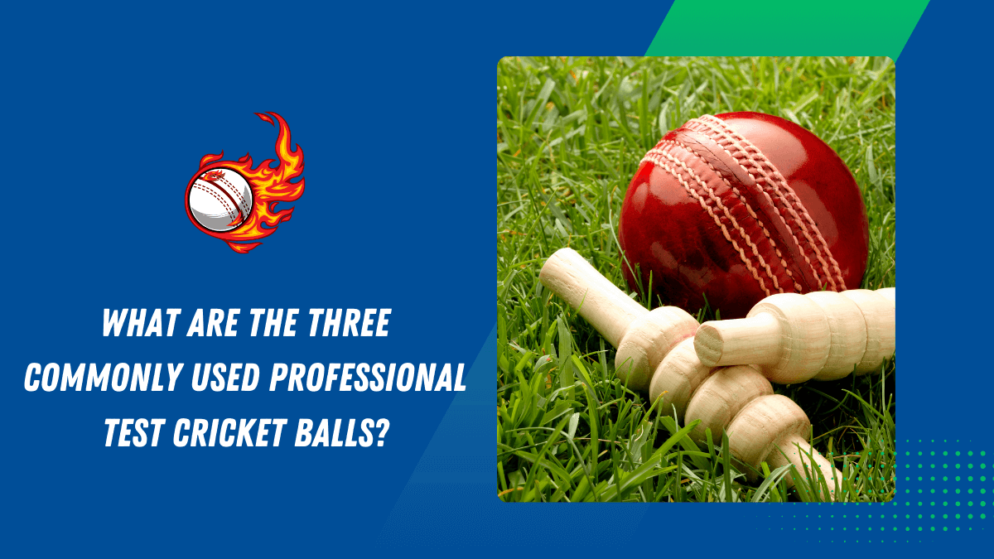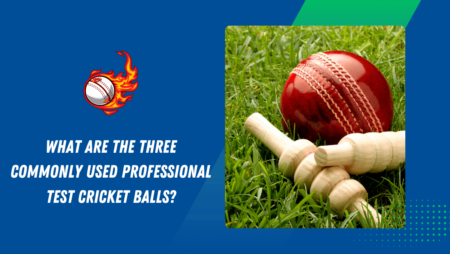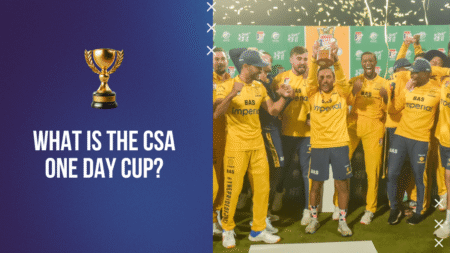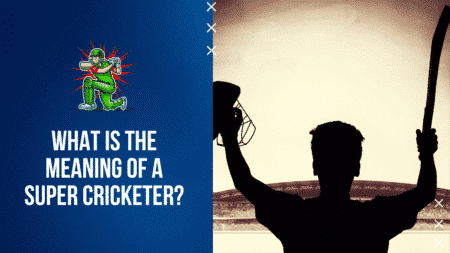

The most rigorous form of professional cricket is first-class cricket or test cricket. While an international test match is scheduled for five days, a domestic test match lasts for three to four days. Each day’s play is scheduled for 90 overs. Both teams bat twice (two innings per team alternatively) to produce a result (win, loss, tie, or draw).
Given the amount of hits that a ball bears by the batter’s shots, and the number of times it is pitched on a surface made of grass, soil, and dust, the cork ball requires to be of a very high quality. The standards that define a quality professional cricket test ball includes a bounce that should remain consistent for at least 80 overs (480 legal deliveries).
The three most commonly used cricket balls are manufactured by SG, Dukes’, and Kookaburra.
Sansparelis Greenlands (SG) Ball
This ball is manufactured in India. It is primarily used in the domestic national circuit and the international fixtures held in the country. It is manufactured in Meerut and has been used since 1991. Since the weather conditions in India are dry, the ball tends to lose its shine quickly. Usually, after a span of 40 overs, the ball becomes rough. However, a key feature of the ball becoming old sooner is that the spinners immensely benefit from it and skilled seamers can reverse swing the ball.
The threads of the seam of SG Balls are hand stitched. Since these threads are thick, they make the seam wider, making it able to withstand the dry pitch for a longer time.
Dukes’ Ball
The first ever professional test cricket balls that went into production were United Kingdom’s Dukes’ balls. They were first introduced in 1760 and have been the most durable test cricket balls to be produced till date. The design of the ball is such that it is made in accordance with the green pitch and overcast conditions of England.
There are six tightly stitched threads that make the seam of the Dukes’ ball. The embossed threads allow the bowlers to have a more commanding grip on the ball. It thus favors the seamers, and the durability of the ball is longer. The two countries who use these balls most often are England and West Indies.
Kookaburra Ball
The Kookaburra balls have set an international repute for themselves. As a company, Kookaburra has been involved in manufacturing cricket equipment for over 130 years. In 1946, they entered the competition of manufacturing test cricket balls.
The seam of these balls is machine-stitched and thus have a higher precision finish. It makes the seam less prominent and thus makes the ball ideal for a pitch that allows bounce and has a grassy surface. These balls are thus used in Australia, South Africa, New Zealand, Zimbabwe, Pakistan, and Bangladesh.
In 2015, the day-night test matches began, as a result of which the ball’s color was chang d to pink for both the players and broadcast audience. Dukes’, Kookaburra, and SG are all involved in the manufacturing of pink balls as well. While the ball’s color is made of a pink polyurethane coat, the threads of the seam are white.
Batters across the world have to thus make their game such that they can counter the varied behavior of the balls across the five days of test cricket.








